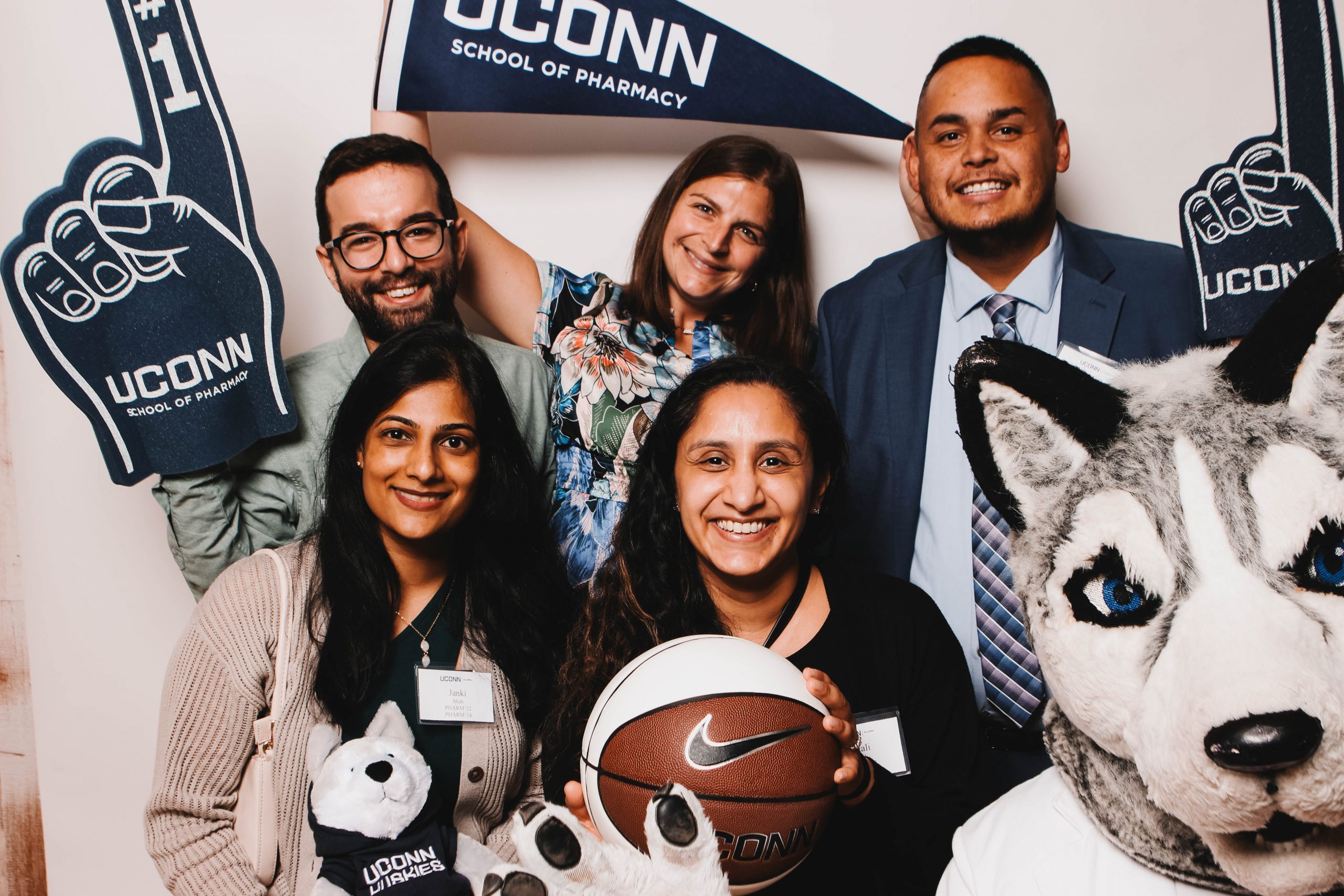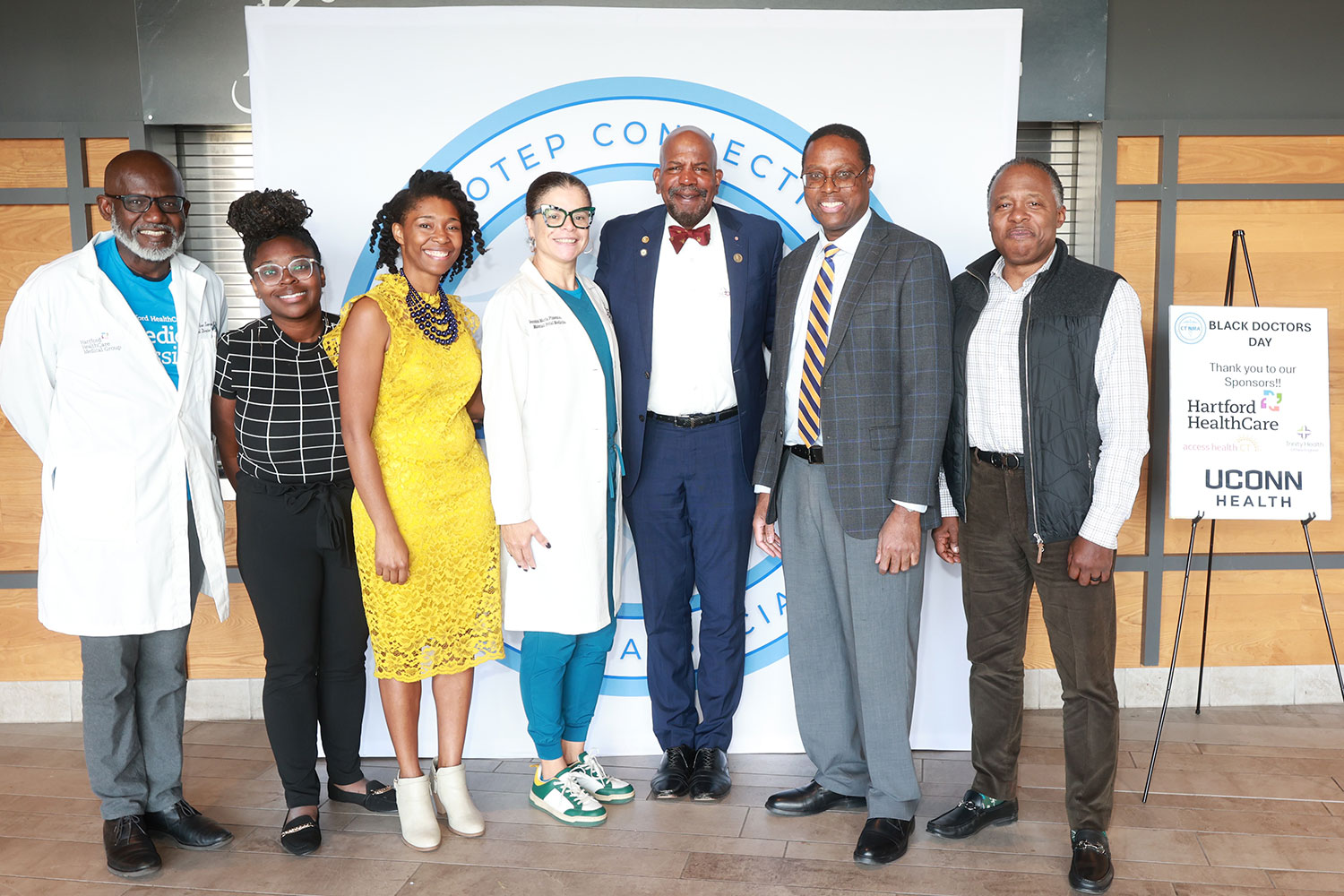On November 7, more than 100 million Americans will go to the polls to register their votes in the nation’s general elections. Adding to anxieties concerning election outcomes, they worry about voting machine fraud or errors associated with newly installed electronic voting machines. A team of Computer Science & Engineering faculty, headed up by professor Alexander Shvartsman, will help to validate Connecticut’s votes so citizens may feel confident their voices are being heard.
A 2006 study by Princeton University researchers concluded the Diebold AccuVote-TS, or touch screen, units that are being adopted by many states can be easily compromised or tampered with, without detection. To compensate for this potential threat, more than half the states, including Connecticut, require voter-verified paper trails.
In compliance with the national Help America Vote Act (2002) requiring states to provide voting access to all citizens, including disabled citizens, Connecticut evaluated several options, including the controversial touch-screen models, and ultimately selected two types of voting systems, a Diebold AccuVote Optical Scan (AV-OS) voting machines for broad use, and the IVS Inspire Vote-by-Phone telephone voting system for the voters with disabilities. Twenty-five towns throughout Connecticut have already installed the AV-OS machines for the 2006 general elections.
Connecticut Secretary of State Susan Bysiewicz and her staff have contracted with a UConn team to evaluate and advise the state on electronic voting technology, and to assist in certification and acceptance testing of electronic voting equipment. Dr. Shvartsman’s team – including Drs. Aggelos Kiayias, Laurent Michel and Alexander Russell – established the Voting Technology Research (VoTeR) Center in the School of Engineering and evaluated several voting systems proposed to the State in the Spring and Summer of 2006. The team concluded that, given the current state of technology, the optical scanning units were a suitable replacement for the old lever machines. These optical scanning units are inherently safer than touch-screen technology because they provide a voter-verified paper trail and are more difficult to tamper with. The team also participated in the development of audit procedures that will be implemented November 7th, when the team will be on call to assist with random audits in the Connecticut towns that installed the new optical scan voting technology.
The AccuVote-OS optical scanning machines are simple to use: voters fill in small ovals that correspond to the candidate of their choice and then feed the ballot into a scanning machine, where the votes are tabulated. All ballots are stored in a sealed area in the event a recount is necessary. The voting technology used by citizens with disabilities is the Inspire Vote-by-Phone system, by IVS, which links a dedicated phone to a secure central server. Like the AccuVote-OS, the Inspire system allows voters to review their vote before a hard copy is filed.
While the AccuVote-OS supplier defends the integrity of the voting machines, Dr. Shvartsman and his team discovered new vulnerabilities that previously were unknown. In particular, they discovered a way of breaking the password-protected program, and substituting unauthorized program capable of altering the outcome of an election. Needless to say, working with the state officials, the team developed safe-use procedures that will prevent tampering with AccuVote-OS systems on November 7 so Connecticut citizens may be assured that their votes are accurately counted.


